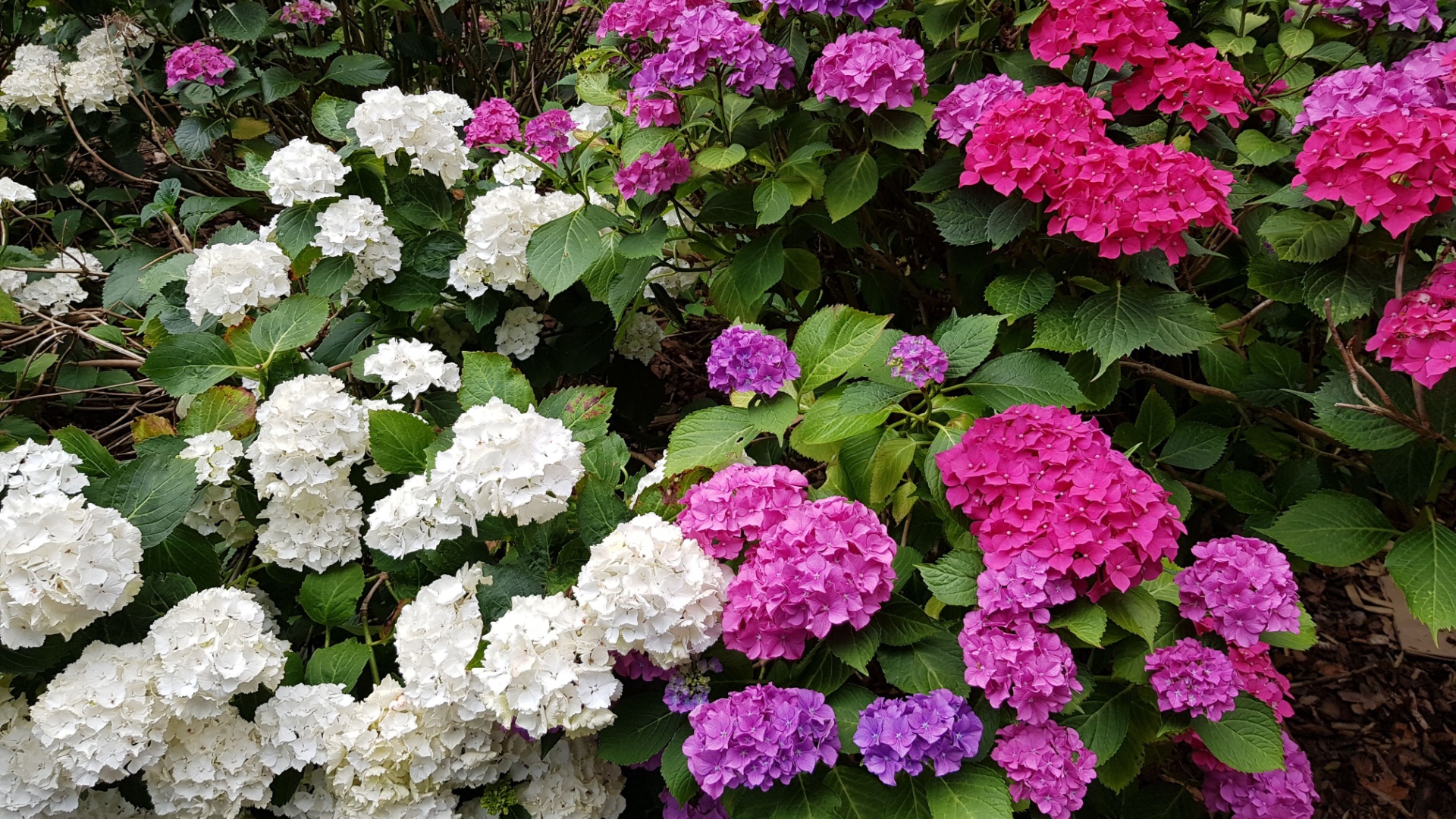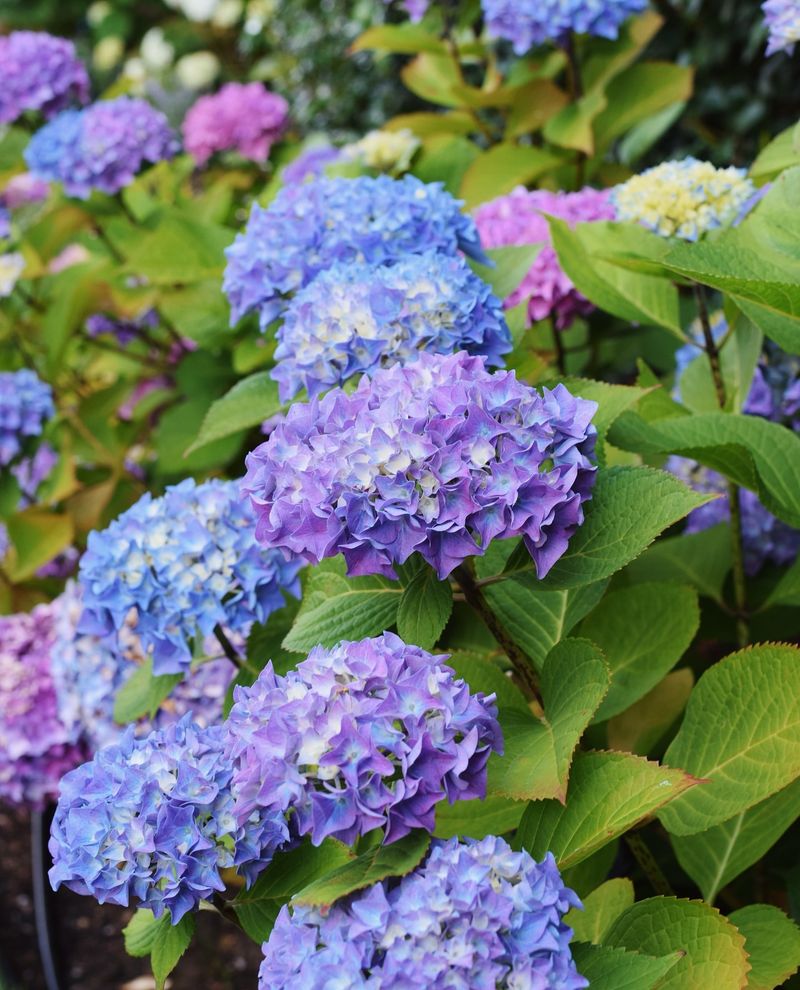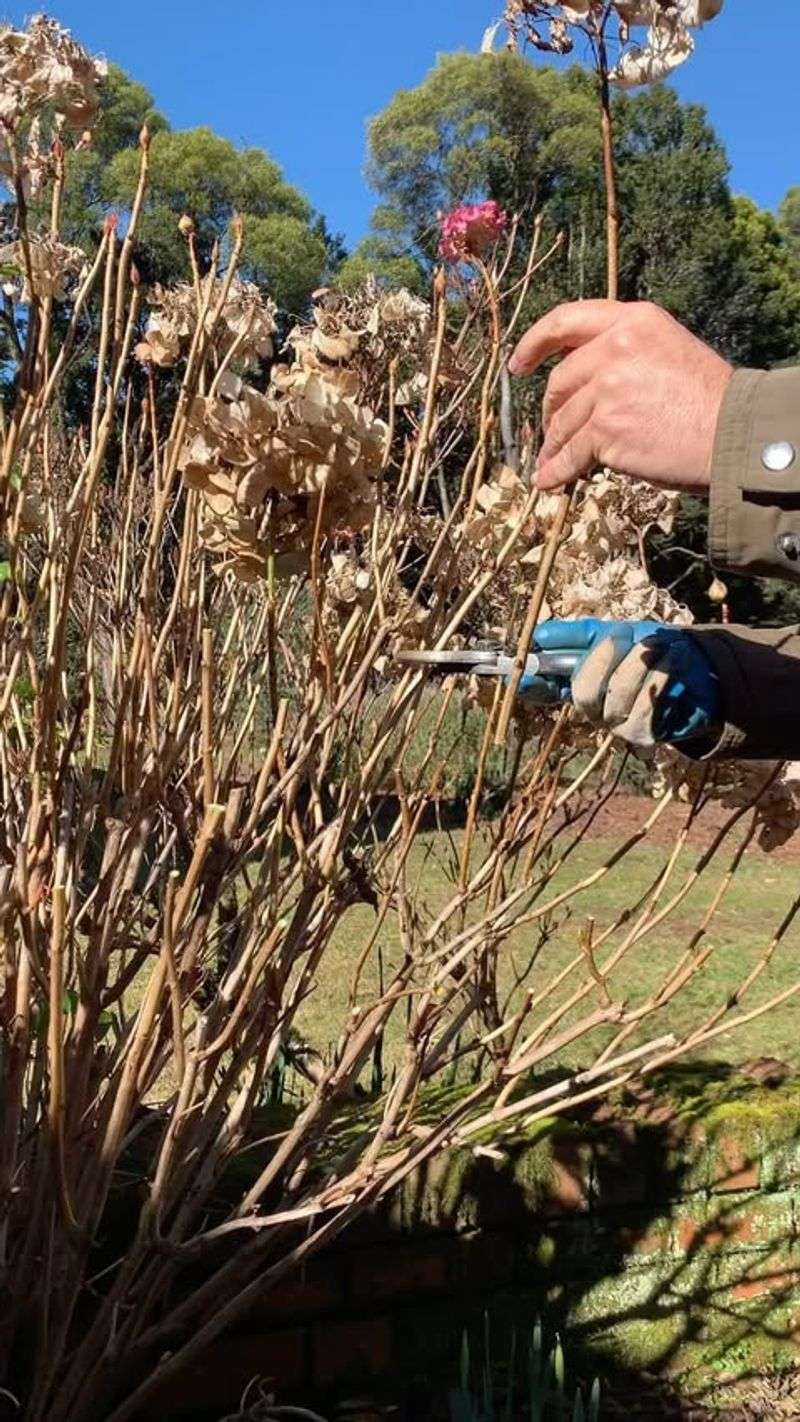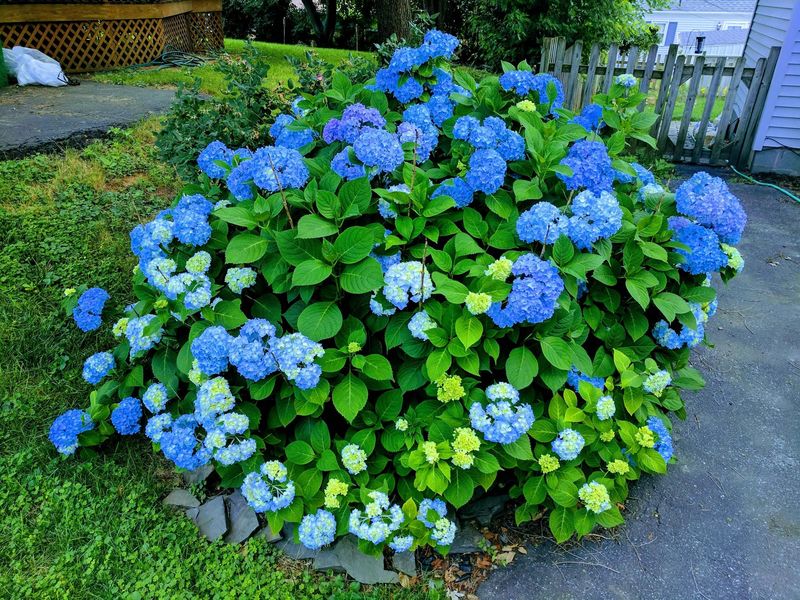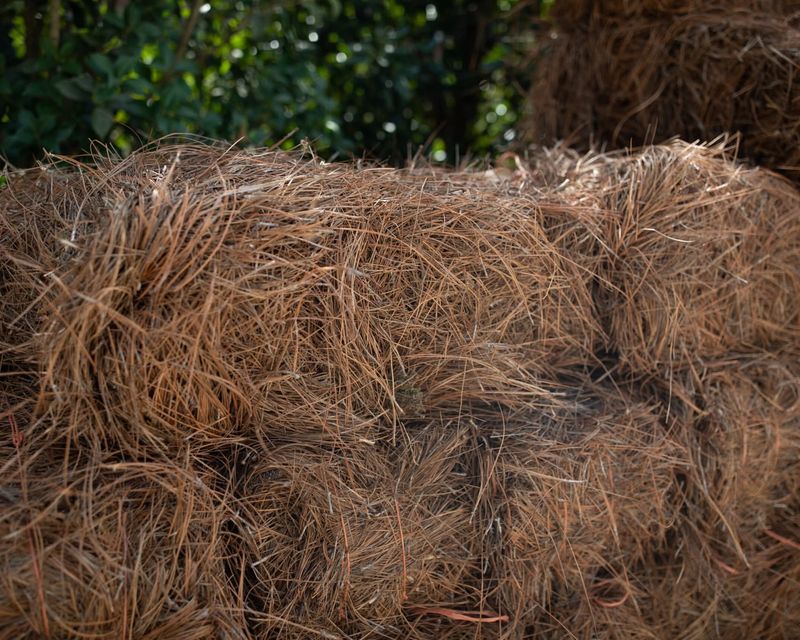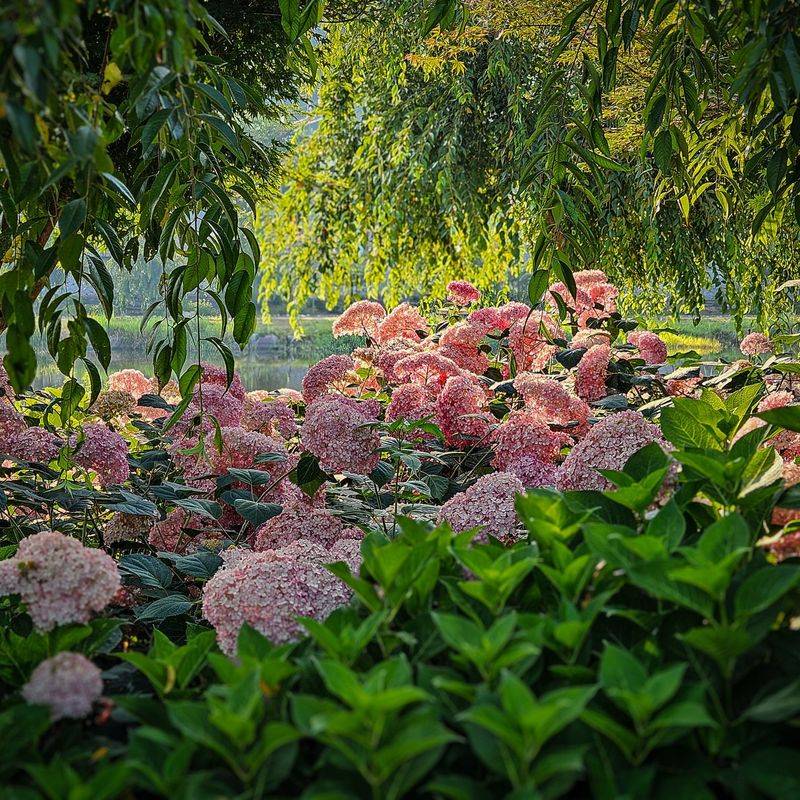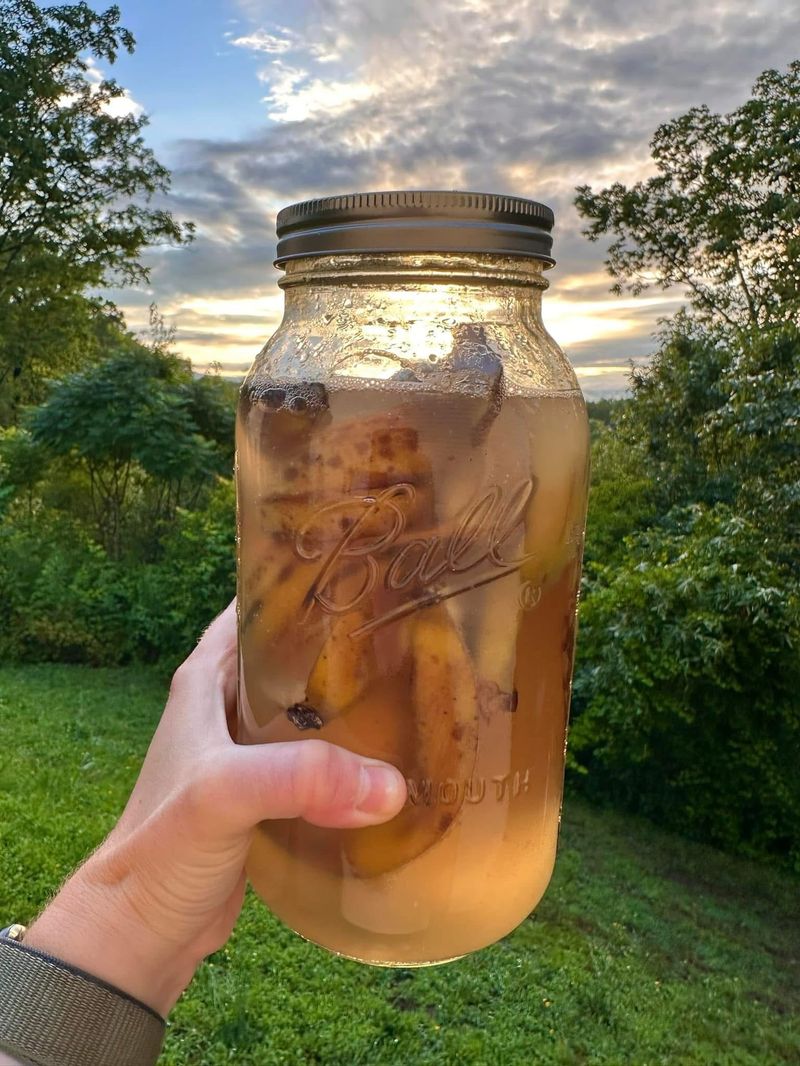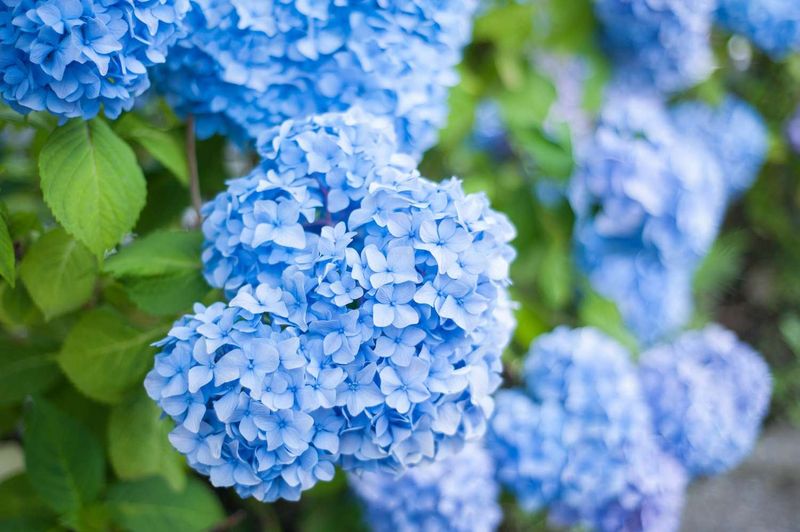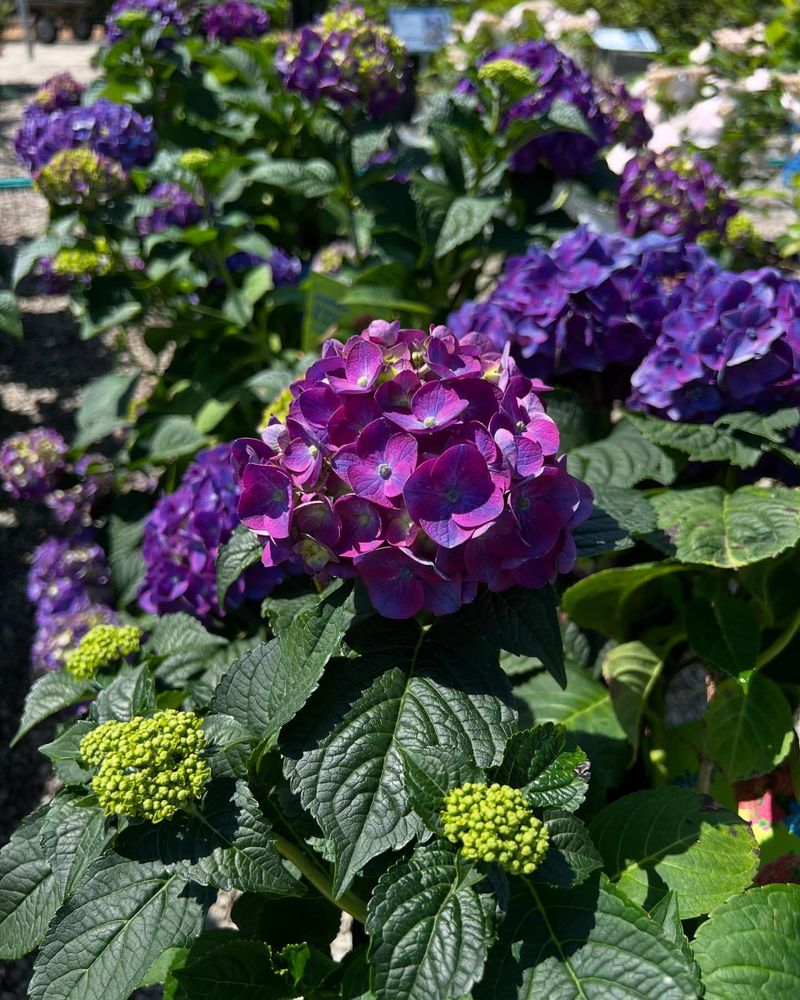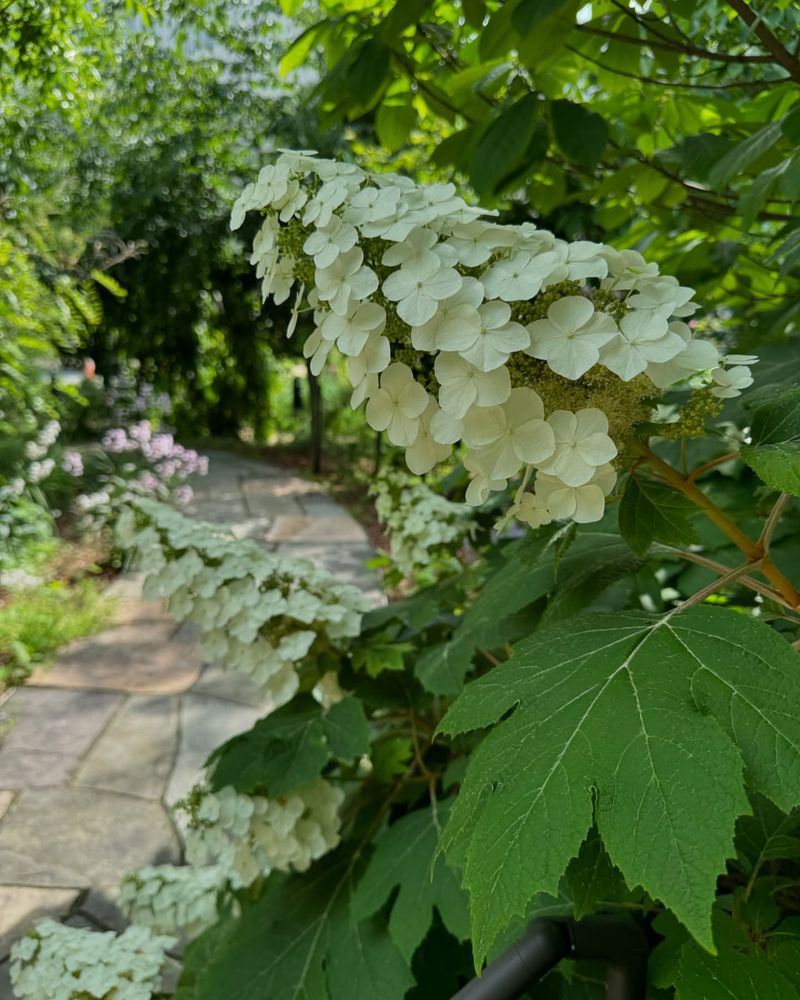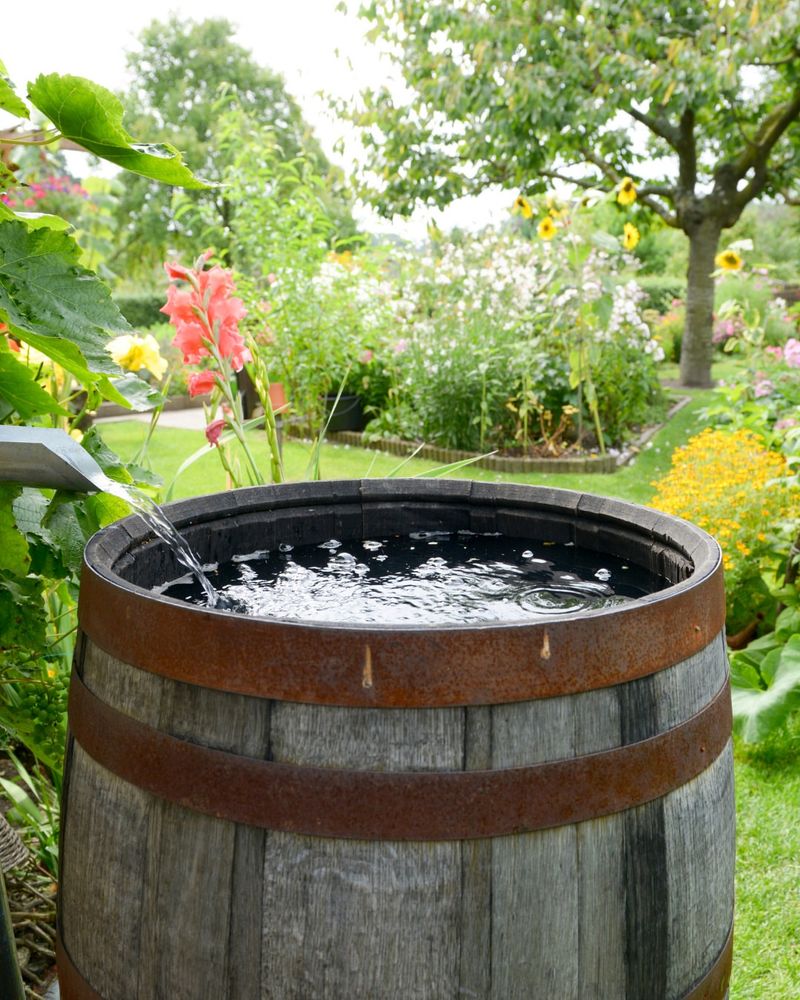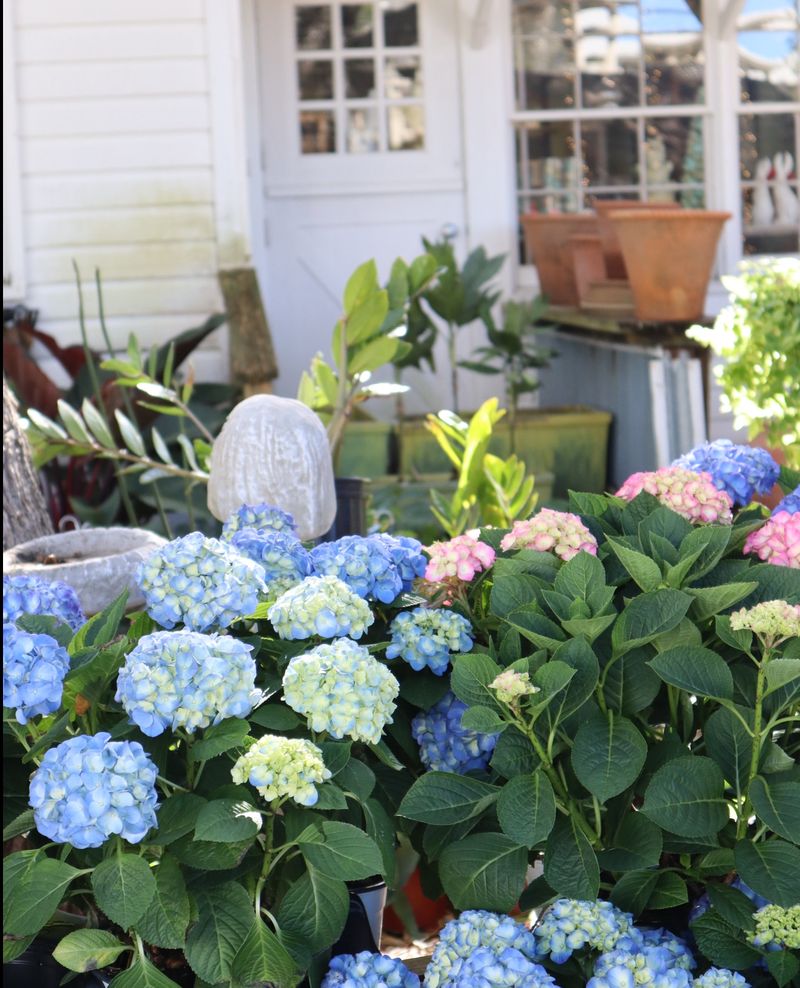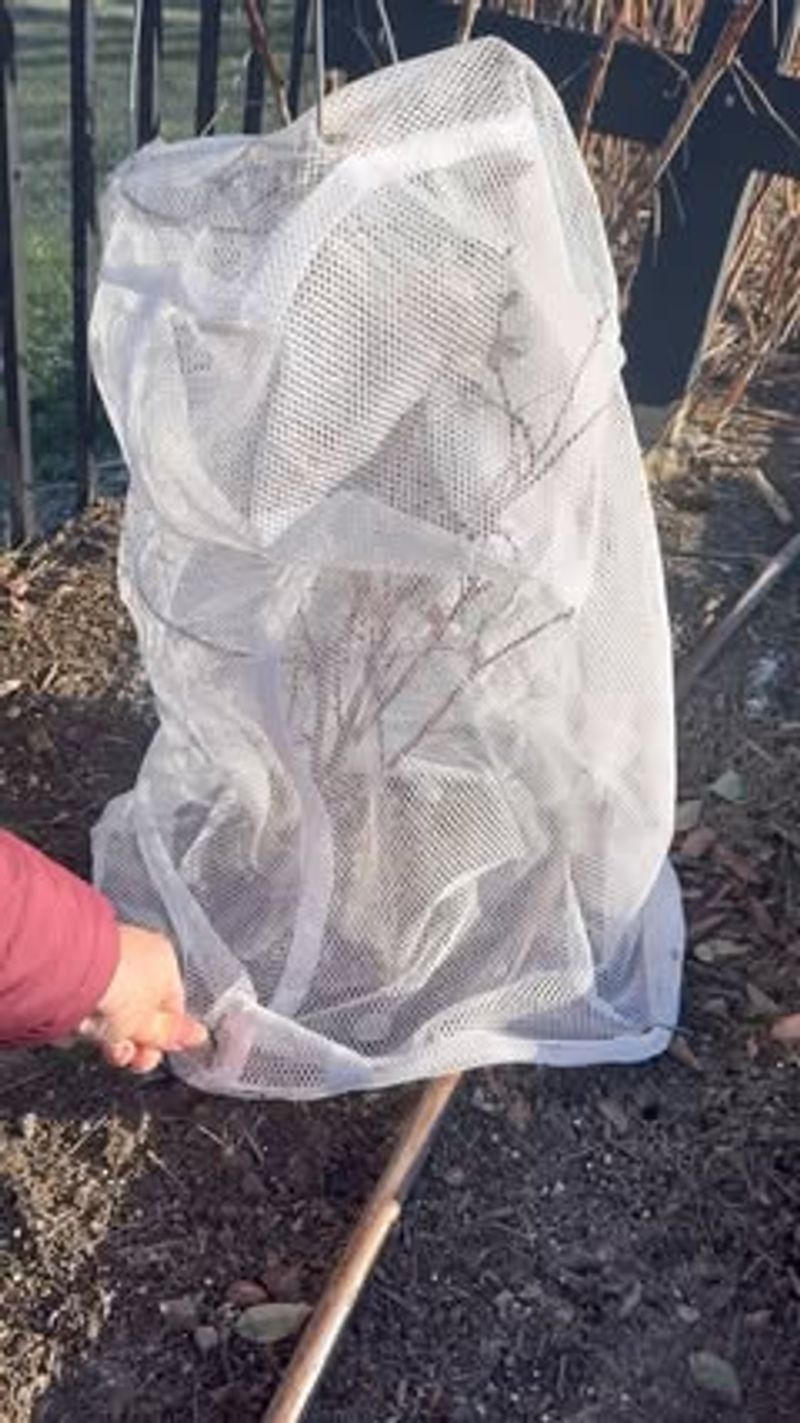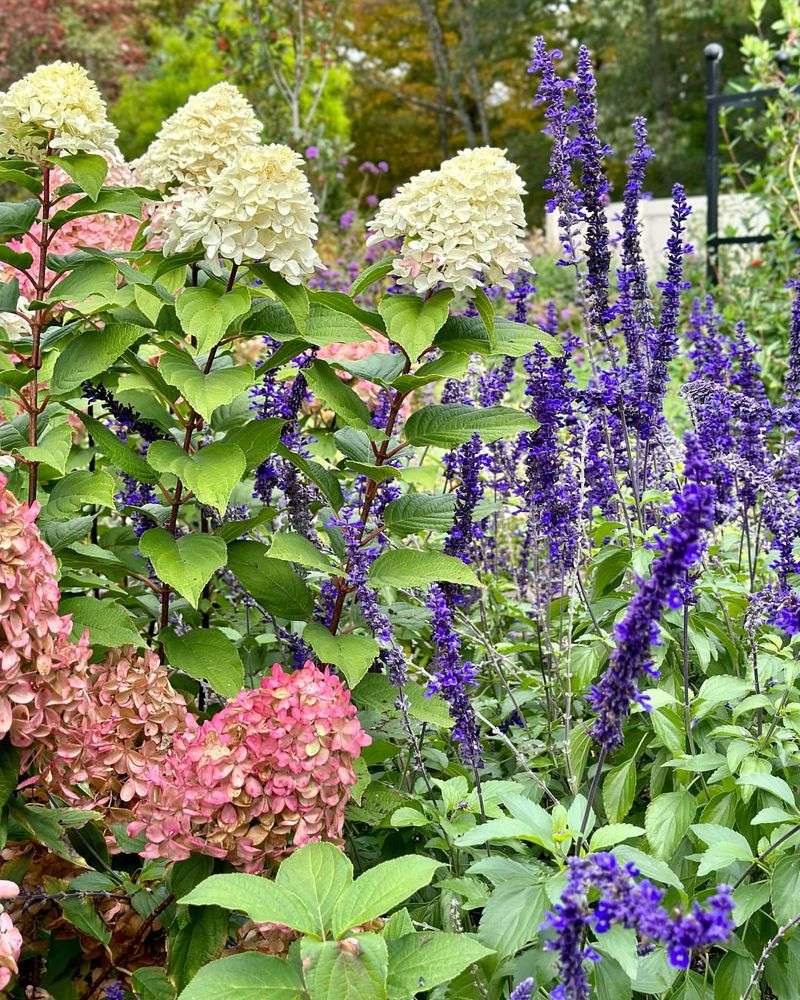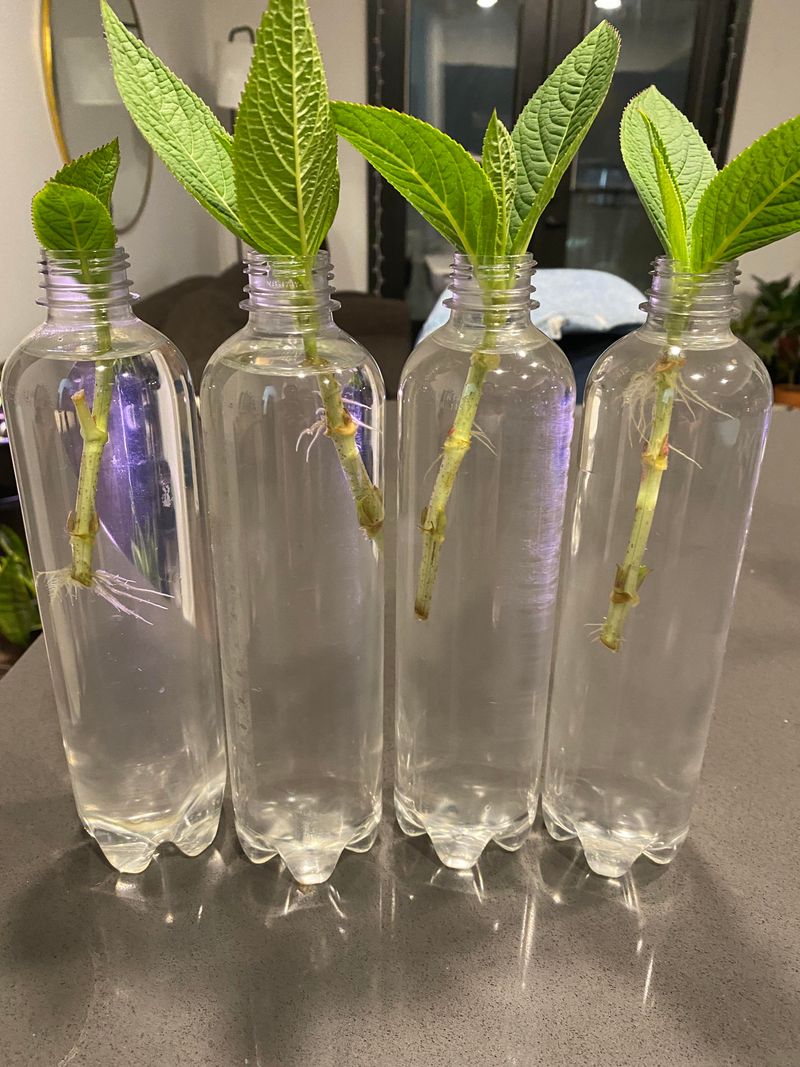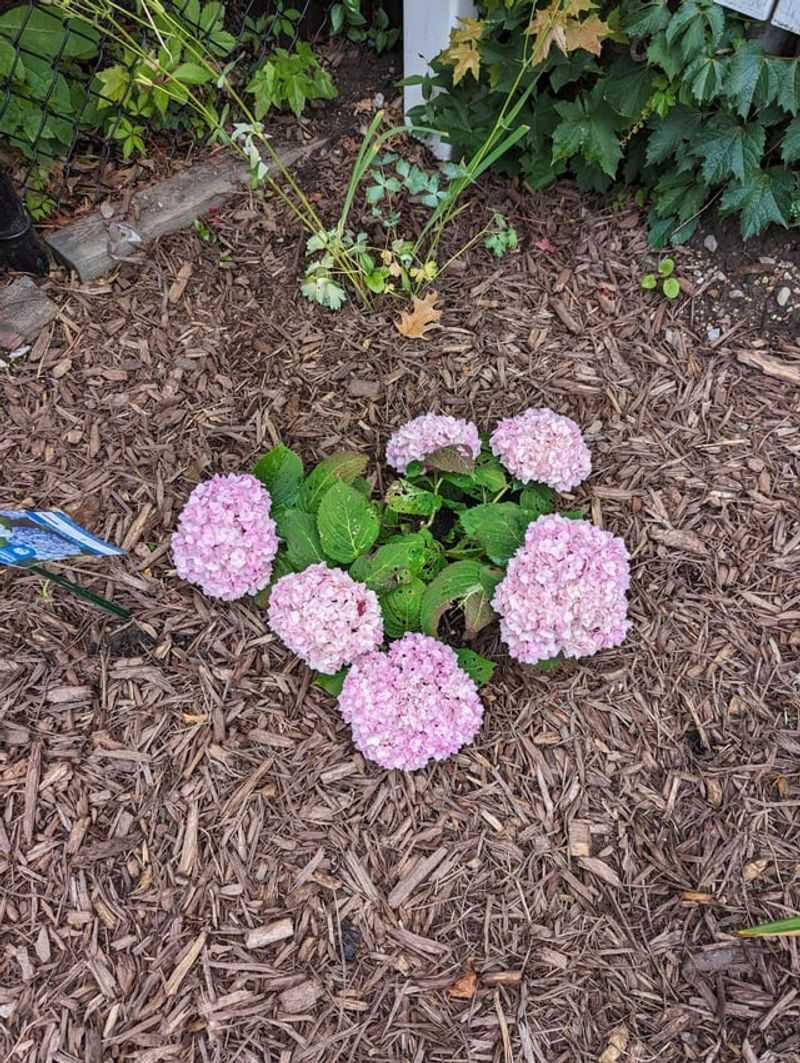You’ve seen them—the jaw-dropping hydrangeas that seem to bloom fuller, brighter, and longer than anything in your yard. In North Carolina, growing gorgeous hydrangeas takes more than sunlight and water.
There’s one simple secret locals are starting to share, and it can completely change your bloom game. It’s easy, inexpensive, and it’s what the showiest gardens are doing behind the scenes.
1. Coffee Grounds Magic
Sprinkle used coffee grounds around your hydrangeas to naturally acidify the soil. North Carolina’s clay-heavy soil often needs this acidic boost to produce those vibrant blue blooms everyone envies.
Local gardeners have noticed that twice-monthly applications during growing season can intensify colors dramatically. Just be sure to keep the grounds a few inches from the stems to prevent possible rot issues.
2. The August Pruning Myth
Many North Carolinians mistakenly prune hydrangeas in late summer. Hold those shears! Most hydrangeas set next year’s buds in fall, so August pruning essentially cuts off next season’s flowers.
For bigleaf varieties, prune only after flowering but before August. Oakleaf and smooth hydrangeas prefer early spring trimming. Mountain regions require different timing than coastal areas due to shorter growing seasons.
3. Hurricane Protection Protocol
Coastal Carolina hydrangeas face unique challenges during hurricane season. Install temporary supports before storms hit by driving stakes around plants and loosely tying stems with soft garden twine.
Move potted specimens to sheltered locations. For in-ground plants, apply extra mulch to prevent soil erosion from heavy rains. Surprisingly, hydrangeas that weather storms often produce more abundant blooms the following year due to natural pruning.
4. Pine Needle Mulch Secret
Long-leaf pine needles, abundantly available across North Carolina, create ideal mulch for hydrangeas. Their natural acidity gradually leaches into soil, promoting those coveted blue flowers while suppressing weeds.
Apply a 3-inch layer in spring, keeping needles away from stems. Unlike hardwood mulches that can become water-repellent, pine needles allow rainfall to penetrate while retaining crucial moisture during those scorching Carolina summers.
5. Mountain Microclimate Mastery
Western North Carolina’s mountain gardens offer perfect microclimates for hydrangeas if you know where to plant. Northern-facing slopes provide ideal morning sun without the scorching afternoon heat that wilts coastal varieties.
Mountain gardeners report success planting near structures that block harsh western sun. The cooler nights at elevation actually intensify bloom colors compared to piedmont or coastal regions, creating deeper blues and more vibrant pinks.
6. Banana Peel Fertilizer
Before tossing banana peels into the compost, consider giving hydrangeas a potassium boost. Bury chopped peels 4-6 inches deep around drip lines in early spring.
The slow-release potassium strengthens stems—crucial for supporting heavy North Carolina blooms during summer thunderstorms. Local master gardeners have noticed this simple kitchen scrap treatment results in sturdier plants with enhanced disease resistance compared to commercial fertilizers alone.
7. The Aluminum Sulfate Trick
For truly electric blue hydrangeas that stand out in Charlotte neighborhoods, aluminum sulfate is your secret weapon. Our state’s naturally alkaline clay soil often produces pink blooms unless amended.
Apply a dissolved solution of 1 tablespoon per gallon of water twice monthly during growing season. Coastal gardeners need less than piedmont areas due to naturally sandier soil. Remember that this treatment only works on bigleaf varieties—not oakleaf or panicle types.
8. Afternoon Shade Salvation
North Carolina’s brutal summer afternoons can scorch hydrangea leaves beyond recovery. The salvation? Eastern exposures that provide gentle morning sun with afternoon protection.
Plant near deciduous trees like dogwoods or maples that leaf out as temperatures rise. This creates natural seasonal shade adjustment. For established plants in too much sun, construct temporary shade cloth structures that block 30-40% of light during July and August heat waves.
9. Native Oakleaf Advantage
While everyone fusses over bigleaf varieties, native oakleaf hydrangeas offer unmatched drought tolerance perfect for North Carolina’s unpredictable rainfall patterns. Their deeply lobed leaves shed excess moisture during coastal downpours yet retain humidity during dry spells.
Fall brings spectacular burgundy foliage that rivals any autumn display. Wildlife benefits too—native bees flock to their blooms while birds nest in their sturdy branches, creating mini-ecosystems in your garden.
10. Egg Shell Calcium Boost
Crushed eggshells provide essential calcium that strengthens hydrangea cell walls. North Carolina’s acidic rainfall can leach calcium from soil, leaving plants vulnerable to disease.
Save shells throughout winter, then crush and work into spring soil. Unlike limestone amendments that change soil pH, eggshells release calcium slowly without affecting those prized blue colors. Gardeners in our eastern counties report noticeably thicker stems when using this technique.
11. Rainwater Collection Systems
Hydrangeas thrive with rainwater’s natural acidity, which mirrors our state’s typical precipitation. Install simple barrel collectors under downspouts to harvest nature’s perfect hydration source.
During Charlotte’s water restrictions, these reservoirs become garden lifesavers. The lack of chlorine and other municipal additives prevents the leaf yellowing common with tap water. For best results, water deeply at soil level rather than overhead to prevent fungal issues in our humid climate.
12. The Epsom Salt Secret
Magnesium deficiency plagues many North Carolina gardens, causing yellowing leaves despite proper care. Epsom salt delivers this crucial nutrient directly to struggling hydrangeas.
Dissolve 1 tablespoon in a gallon of water and apply monthly during growing season. Coastal gardeners report dramatic leaf greening within weeks. As an added bonus, magnesium strengthens plants against the fungal pressures that come with our state’s notorious humidity.
13. Winter Protection Zones
North Carolina’s unpredictable winter freezes can damage hydrangea buds, especially in our western counties. Create protection zones using wire cages filled with shredded leaves around plants after first frost.
The insulation shields vulnerable flower buds from temperature swings. Remove protection gradually in spring after last frost date. Mountain gardeners should leave protection longer than coastal friends, accounting for elevation’s effect on temperature.
14. Companion Planting Strategy
Strategic companions enhance hydrangea health throughout North Carolina’s growing zones. Plant garlic or chives nearby to repel aphids naturally without chemicals.
Ferns make perfect partners by creating root systems that don’t compete while providing additional humidity. In our piedmont region, hellebores complement hydrangeas beautifully, offering winter interest when hydrangeas rest dormant. Their similar water requirements simplify garden maintenance.
15. Propagation Timing Magic
Free hydrangeas await those who master North Carolina’s unique propagation calendar. Take softwood cuttings in late May when stems bend but don’t snap—about two weeks earlier in coastal areas than piedmont gardens.
Dip in rooting hormone and place in dappled shade. Our state’s high humidity creates perfect natural propagation conditions without expensive mist systems. Success rates approach 90% compared to the 50% typically achieved in drier states.
16. Clay Soil Amendment Formula
North Carolina’s notorious clay soil needs specific amendments for hydrangea success. Mix equal parts compost, pine bark, and coarse sand when planting to create drainage pathways through dense clay.
Add a handful of worm castings to introduce beneficial microbes that thrive in our climate. Unlike standard potting mixes, this formula addresses our unique soil challenges while retaining enough moisture during summer droughts. Reapply top dressing annually as organic materials decompose.

